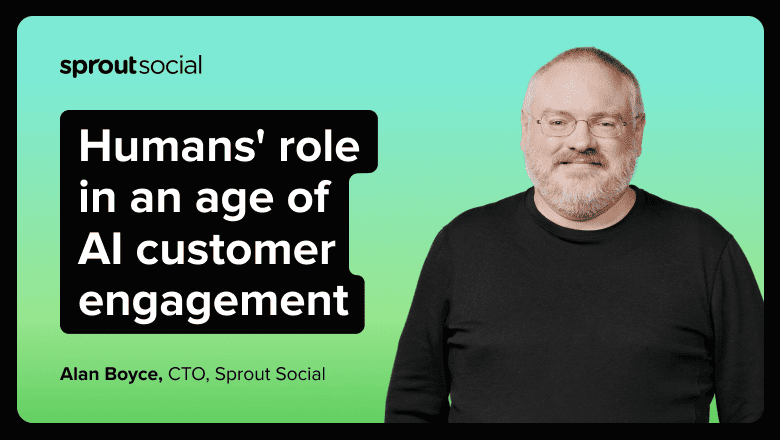FinTok: How influencers are changing financial services marketing
Gen Z and younger millennials are eschewing traditional financial advisors in favor of advice from social media. According to the Q2 2025 Sprout Pulse Read more... The post FinTok: How influencers are changing financial services marketing appeared first on Sprout Social.

Gen Z and younger millennials are eschewing traditional financial advisors in favor of advice from social media. According to the Q2 2025 Sprout Pulse Survey, 71% of Gen Z and 68% of Millennials say social media has had a positive impact on their financial decisions.
TikTok has a thriving niche community, known as FinTok, which features approachable micro- and macro-influencers who are offering younger generations free financial education in the form of bite-sized videos. FinTok is shaping how consumers and industry insiders think about finances, spending and saving. It’s changing how financial services brands approach social media and TikTok marketing in particular, moving the industry to a social-first strategy.
Although highly regulated industries like financial services face risks such as misinformation and data security, FinTok’s community impact is even emerging on other platforms across generations. Consumers trust social media and are actively seeking information there.
We’ll walk you through how banks, insurance companies and other financial services businesses can establish a compliant, valuable social-first presence within the FinTok community, so you can meet audiences where they want to engage with financial content.
What is FinTok?
Financial TikTok or FinTok is a global hashtag community made of influencers, TikTok users and relevant brands discussing all things money. The #FinTok hashtag has over 124,000 posts, and other popular hashtags like #PersonalFinance also drive traffic to the space.
Community members connect across countries and generations, and its growing prominence has made it a new avenue in social media for financial services. Influencers offer advice videos on everyday topics like budgeting and earning extra cash with a side hustle, as well as more in-depth topics including investing in stocks, planning for retirement and cryptocurrency.
Impact of FinTok across generations and locations
For many, financial advice was passed down or self-taught. In the past, this may have included working with a financial planner or advisor if you had the means to do so. While some still go this route, others leave their 401K planning to whoever manages their workplace’s benefits.
With FinTok, financial education is democratized, encouraging people to explore money management options beyond the typical savings account and retirement plan.
Reni Odetoyinbo, known as Reni the Resource on social media, said FinTok has “completely disrupted the way people engage with financial literacy.”
“FinTok broke all the walls down so that you can now learn about investing, budgeting, credit scores or building wealth from someone who looks like you, talks like you and actually lives what they teach,” she shared. “I think that’s a beautiful thing, especially for those in the BIPOC community.”
While younger generations are prevalent on TikTok, older generations are also likely using FinTok to learn: the 45+ age group is the fastest growing segment on TikTok. And, according to the Q2 2025 Sprout Pulse Survey, 47% of social users across generations say social media has had a net positive impact on their financial decisions over the last six months.
With TikTok’s Save feature, it’s easy for users to curate tips from their favorite influencers that they’d like to remember and come back to later, creating a space for lasting impact.
FinTok followers are located all over the globe with two of the largest audiences based in the United States and United Kingdom. Members of this niche community are consuming content on a variety of topics, but some of the most common surround stocks and investing.
Influencers like Timothy Paul create explainer videos on how investing works as well as specific stocks they recommend and why. In one video, he offered followers a detailed look at how he invested £2,000 in the market, including what platform he uses to purchase stocks and which specific investments he made.
Budgeting and managing debt is another popular discussion among FinTok users. Popular videos tend to come from average people sharing how they plan their personal budgets and sharing what their monthly bills look like. Their transparency often attracts other FinTok followers who can use the video as comparison to gauge their own situations, or commiserate at the cost of living.
This transparency is prevalent within the #FinTok community, driving much of its content and fostering a cultural shift away from the taboo surrounding open discussions about money.
What are the trends in FinTok?
Discussions on FinTok have created a number of trends and pushed them into the offline world. Here are three of the biggest that have captured the interest of US and UK FinTok communities.
Loud budgeting
Money can be a source of frustration and even shame, keeping people from sharing details about their financial situations. On FinTok, users are challenging the idea that money is a personal-only topic, offering an openness that can help others better understand money with less fear.
Loud budgeting means vocalizing your money goals and sharing details about your financial situation with friends, family and the FinTok community. The purpose is to encourage accountability to one’s financial future and get more people talking about real-life budgeting tips and tricks.
Angelo Castillo of Profit Plug said the trend encompasses the heart of FinTok: satisfying a “real craving” for authentic discussion about money.
“This type of content is having a real impact both online and offline, normalizing conversations that used to be taboo,” he said. “It’s something I aim to do with my own brand, making money talk more open, relatable and less intimidating.”
Underconsumption
Frugal living has seen a resurgence on FinTok with followers casting aside the keeping-up-with-the-Joneses mentality. Underconsumption is the concept of protecting your financial health by purchasing only what you truly need and not worrying about the latest phone upgrades or seasonal fashion/closet refreshes.
For some, this trend ties into their environmental sensibilities as well. Videos with the #UnderconsumptionCore hashtag show users’ minimally decorated homes, manicure-free nails and micro skincare routines. This shows that Fintok is more than financial advice: it’s also a place to share products that appeal to certain demographics and financial philosophies.
Sinking funds
In addition to emergency savings, many FinTok influencers now recommend the concept of sinking funds. This is an approach to saving that considers specific items—an emergency car repair fund, an upcoming trip, unexpected illness coverage. Followers of the trend make separate savings goals for each.
UK-based app Financielle, co-founded by BBC Morning Live finance expert Laura Pomfret, creates videos making it easy to create and track individual sinking funds. Pomfret said trends like sinking funds are powerful for the DebtTok community, as is the community aspect. “What used to induce feelings of shame in society, sharing details of your debt has now become extremely popular by some creators,” she explained. “The idea that you can follow someone on their journey to debt freedom helps users feel that they can do the same. After all, a problem shared is a problem halved.”
How influencers and brands are showing up
There’s numerous conversations to be a part of on FinTok. For brands who want to partner with influencers, Castillo recommends open communication for the best results. It’s just as important as the authenticity you want to offer your customers on the network.
“One of my successful brand partnerships was with Fidelity,” he said. “The communication and transparency between me, the managing agency and the brand were excellent and made it a positive experience from start to finish.”
Here are a few examples of creators and brands who have found a way to stand out.
Wise
Wise offers money transfers, withdrawals, savings accounts and more for users who get paid in multiple currencies or need to make payments across countries. Their TikTok account focuses heavily on money and travel, highlighting the cost of certain items in different countries and offering tips for traveling on a budget.
They also include memes and on-the-street interviews about everything from whether the US dollar or UK pound is cooler to how many different currency codes interviewees know.
Wise is leveraging FinTok to educate their audience and boost their authenticity as a brand, building brand recognition and authority.
Monzo Bank
Fun and bank aren’t usually synonymous, but Monzo Bank flips the script with their approach to TikTok content. They’ve created a humorous, relatable brand voice that has secured the company nearly 80k followers and a foothold on FinTok.
Monzo is adept at tapping broader trends on TikTok and giving them a financial services lens, successfully capturing the Gen Z essence in their content. In the post below, Monzo uses #FinTok to spotlight their money request app feature in a popular meme format.
Monzo’s approach demonstrates how social media in highly regulated industries can still be fun and engaging, embracing the FinTok culture.
Tori Dunlap
Her First 100k was launched as part of founder Tori Dunlap’s goal to save $100k in her early twenties. She’s since become a feminist-centric financial expert focused on helping women achieve financial freedom while enjoying life along the way.
She offers tips on investing, gives insight into things like high-yield savings accounts and shares advice on smart credit card usage that can help lower the cost of travel. She also doesn’t shy away from discussing how money ties into politics, society and self-perception for women. Tori taps the empowerment side of FinTok through her relatable persona and easy to apply tips, turning FinTok into a platform to share her brand’s values in a relatable way.
Risks and challenges financial services brands face
Financial services risk mitigation is already a complex topic, and FinTok adds another layer for brands’ social media strategy. As the community has exploded in popularity, concerns have been raised by industry insiders and the community itself. With things like the stock market, there’s rarely a major payoff without taking a risk, but investing money based on unverified information can have serious consequences.
On top of following customer privacy rules and the Truth-in-Lending Act, brands also need to watch for misinformation, which can spread like wildfire on social media. Yet, this presents an opportunity for financial services brands to be a voice of reason, stepping in as experts who can squash incorrect takes and give valuable information. Consumers want to see this from you: 93% of respondents in the 2025 Sprout Social IndexTM say brands need to combat misinformation more than they currently are.
There aren’t strict guidelines individual creators and influencers must adhere to when sharing financial advice. Which means it’s critical for brands to verify their credibility and the advice they share before partnering with them.
Include a thorough review of potential FinTok partners’ content as part of your overall social media risk management plan. Sprout Social Influencer Marketing enables you to vet potential brand partners before you contact them. Using AI-powered data analysis, Sprout can verify brand fit, past partnerships and overall content performance so you can select the right FinTok influencer for your brand.
Tips for integrating FinTok into your social media strategy
For brands in the financial space—banks, FinTech, credit unions or insurance companies—can benefit from integrating FinTok into their social media strategy. This highly engaged community is a venue for organically connecting with your ideal customer specifically looking for financial insight. Done well, contributing to the FinTok community can build trust and loyalty for your brand. Use these tips for a balanced, successful approach.
Identify your target niche audience within FinTok
While FinTok is already a niche community itself, there are further specialized audiences within the space. These include different age groups, identities, cryptocurrency, frugal living and more.
Consider your ideal customer profile and how they might show up within FinTok as a targeted group. How does your product or service fit in their journey? A credit union targeting college students will approach FinTok (both influencer partnerships and creating content) differently than an app related to crypto mining.
Pomfret highlighted Financielle’s partnership with PensionBee as a good example of tapping a particular audience within FinTok. The gender pension gap is concerning to both PensionBee and Financielle, so the two have teamed up on various initiatives including social media content and podcast sponsorship.
“Financielle partnered with PensionBee early on in our journey. We were really aligned on the objectives on closing the Gender Pension Gap,” Pomfret said. “They know that we know our community better than anybody else, so let us lead the creativity on each of our brand projects—the dream brand to partner with.”
Align your KPIs to business goals
Review your business, marketing and social media goals. How can FinTok support and help achieve the strongest ROI?
Consider where your ideal customer is on their journey, and what they’re coming to FinTok for. If you’re focused on building awareness of your brand, include KPIs like views, website traffic and follower growth. When you’re looking to increase conversions, consider conversion rate from your FinTok content and return on TikTok ad spend.
Identify topically relevant influencers in the community
Identify influencers in the space who are speaking to your target audience about topics relevant to your products or services. Looking at demographics only tells half the story. Dig into the interests gaining traction and how their followers are engaging with certain types of content.
Also get a feel for what trends they’re highlighting and what the conversations are like in their comments. This will help you understand audience expectations and what resonates, as well as identify potential collaboration partners.
Sprout’s Influencer Marketing solution can assist in curating influencers resonating with your target niche audience, organizing them into lists so you know who may be the best fit for each of your campaigns.
Create and co-create engaging and educational content
At its core, FinTok is about education—audiences on this network are looking for advice and insights. Being entertaining along the way is how you’ll keep them engaged and coming back for more.
Explore how your brand can leverage edutainment content to draw in viewers. If you’re leveraging TikTok influencer marketing, co-create content with them as a way to tap their engaging style and pre-built audience. Odetoyinbo puts it succinctly: “Be ready to collaborate, not just delegate.”
Odetoyinbo also noted that recognizing financial content isn’t one-size fits all and learning from influencer partners is critical. “I speak to a global audience, but I have deep relevance to communities that have been historically overlooked— – like newcomers to Canada, Black Canadians, and young women of colour,” she said. “Brands that recognize this nuance and trust me to lead with that lens instead of running from that lens are bound to win.”
Your brand can also learn what educational content is resonating most from top influencers—there may even be a knowledge gap your brand can step in to fill.
Experiment with emerging trends
Staying ahead of emerging trends on FinTok will give your brand opportunities to become a resource to this niche community. Experiment with content around growing topics that match your brand’s expertise.
For example, if you offer financial advising, you can explore content around financial therapy, which combines financial advice with mental health practices to address the often strong emotions tied to finances.
If you’re an investment firm or bank, you may have perspective to offer on the sustainable finance trend. For brands that offer budgeting apps and tools, digital minimalism—reducing the amount you spend on digital subscriptions, apps, etc.—can be your place of authority.
Listen first, then engage in conversation
Get to know the FinTok community through observation before jumping into conversations. What are the social norms established in the community discussions? What seem to be sensitive topics? Compile social audience insights from specific FinTok conversations relevant to your brand and audience.
Once you have a good handle on hot button issues in the community, understand top influencers and are monitoring important trends, you’ll be equipped to authentically participate in FinTok conversations as a brand, and in the way the community expects. Remember that you’re essentially a guest in the space, so you should strive to be an ally of the community.
Follow local regulations
Make sure to closely follow any regulations required for social media compliance as a brand in financial services. For US companies, keep in line with any Federal Trade Commission (FTC) influencer guidelines and requirements for your business. In the UK, it’s important to be aware of requirements from the Financial Conduct Authority as well as GDPR considerations. Additionally, ensure your social media security is up to par to protect the privacy and data of both customers and your brand.
Become a FinTok advisor
Participating as a brand on FinTok comes with additional considerations that other niche communities may not require. But it’s worth it to embrace the education and engagement FinTok has brought to the financial services industry, and meet the needs of your customers. More people than ever are talking about money and fostering connections while doing so. If your brand has insight to offer and takes a thoughtful approach, you’ll find a place in the FinTok community and become a trusted source.
To get started on crafting your FinTok strategy, dive into our financial services content benchmarks report for a look at how other brands in the space are engaging with this community.
The post FinTok: How influencers are changing financial services marketing appeared first on Sprout Social.

















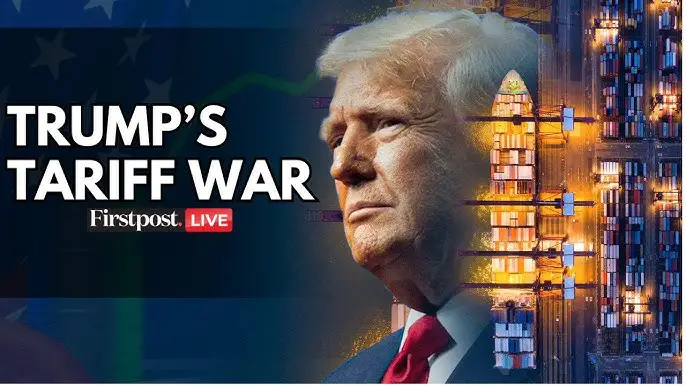







![Brand and SEO Sitting on a Tree: K-I-S-S-I-N-G [Mozcon 2025 Speaker Series]](https://moz.com/images/blog/banners/Mozcon2025_SpeakerBlogHeader_1180x400_LidiaInfante_London.png?auto=compress,format&fit=crop&dm=1749465874&s=56275e60eb1f4363767c42d318c4ef4a#)

![How To Launch, Grow, and Scale a Community That Supports Your Brand [MozCon 2025 Speaker Series]](https://moz.com/images/blog/banners/Mozcon2025_SpeakerBlogHeader_1180x400_Areej-abuali_London.png?auto=compress,format&fit=crop&dm=1747732165&s=beb7825c980a8c74f9a756ec91c8d68b#)
![Clicks Don’t Pay the Bills: Use This Audit Framework To Prove Content Revenue [Mozcon 2025 Speaker Series]](https://moz.com/images/blog/banners/Mozcon2025_SpeakerBlogHeader_1180x400_Hellen_London.png?auto=compress,format&fit=crop&dm=1747758249&s=9f3c5b1b7421f862beace1cb513053bb#)

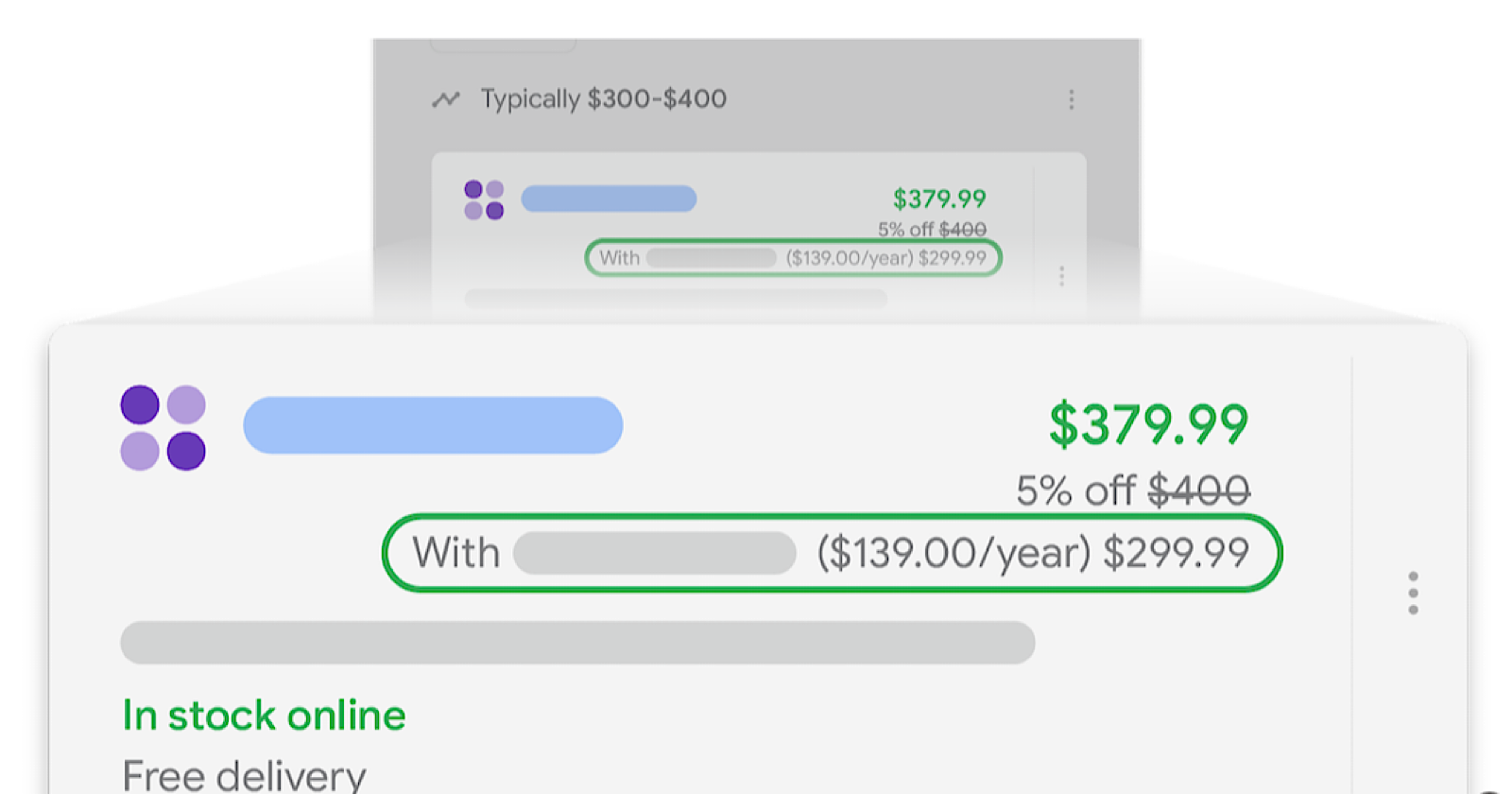








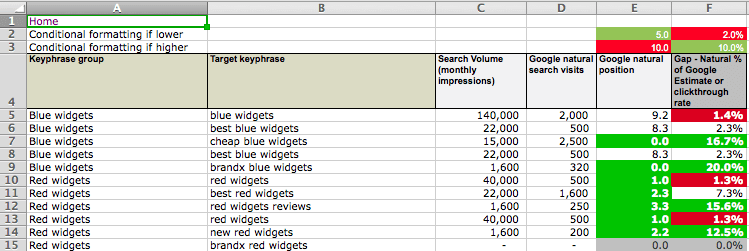
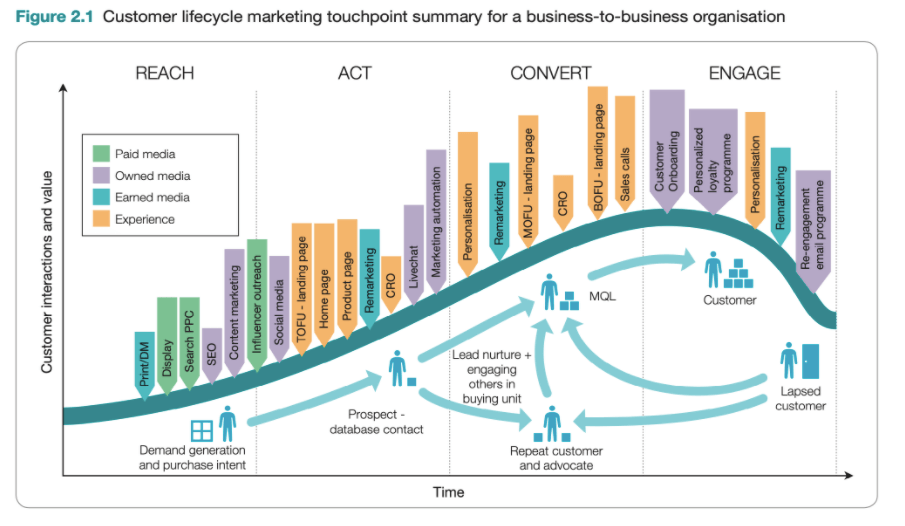











![The 11 Best Landing Page Builder Software Tools [2025]](https://www.growthmarketingpro.com/wp-content/uploads/2024/04/best-landing-page-software-hero-image-1024x618.png?#)






























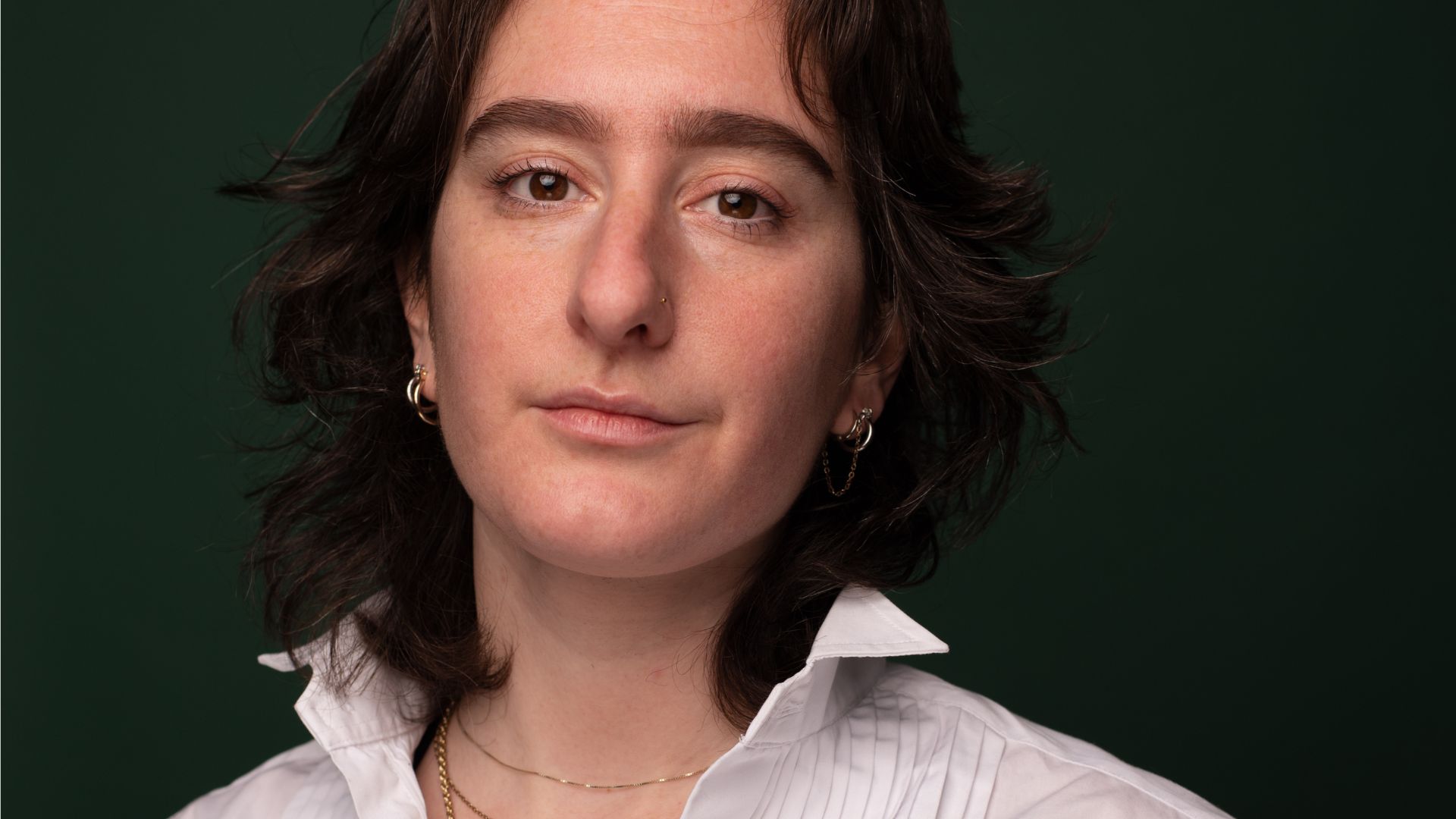



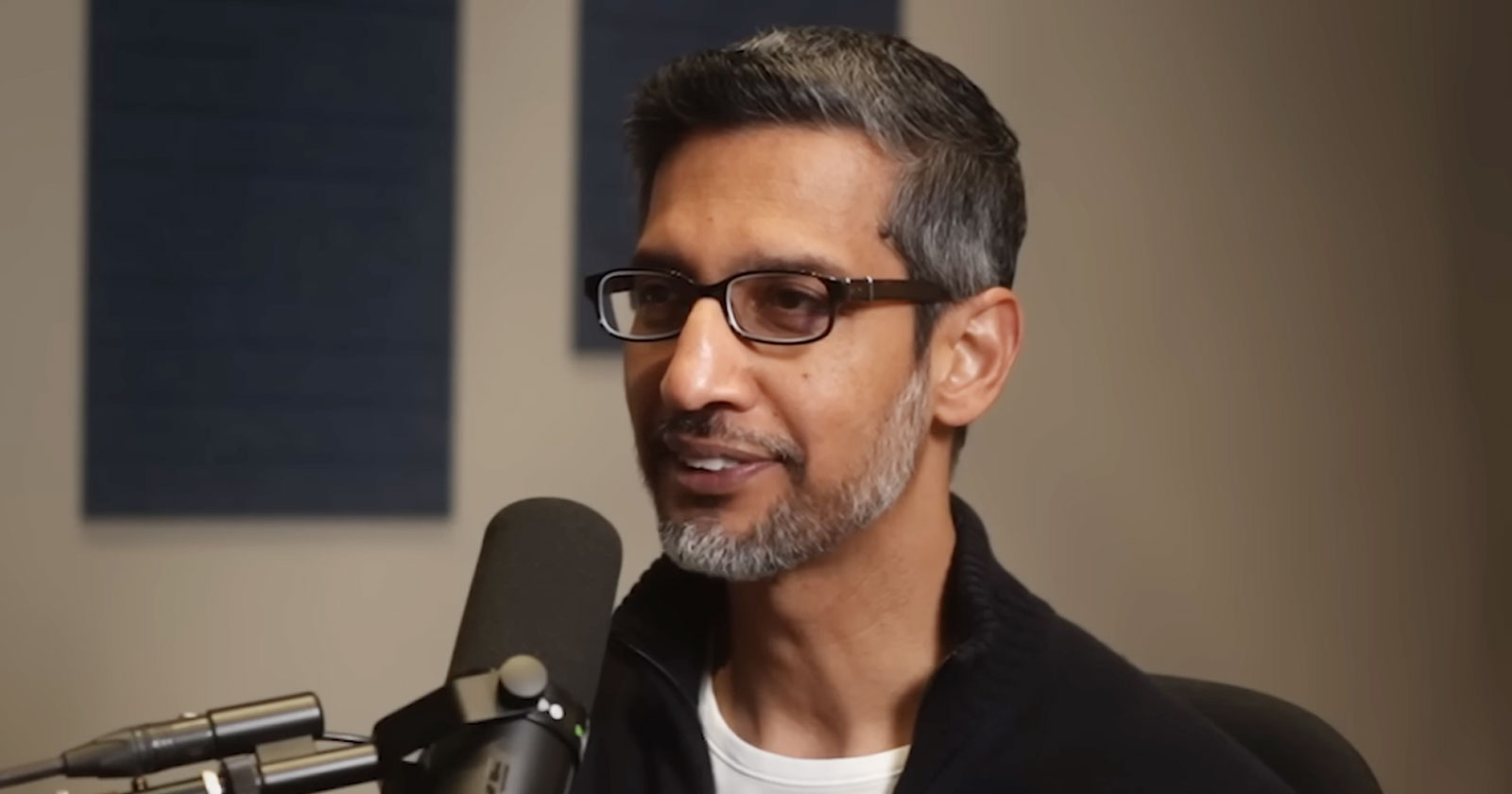

![How To Build AI Tools To Automate Your SEO Workflows [MozCon 2025 Speaker Series]](https://moz.com/images/blog/banners/Mozcon2025_SpeakerBlogHeader_1180x400_Andrew_London-1.png?auto=compress,format&fit=crop&dm=1749642474&s=7897686f91f4e22a1f5191ea07414026#)




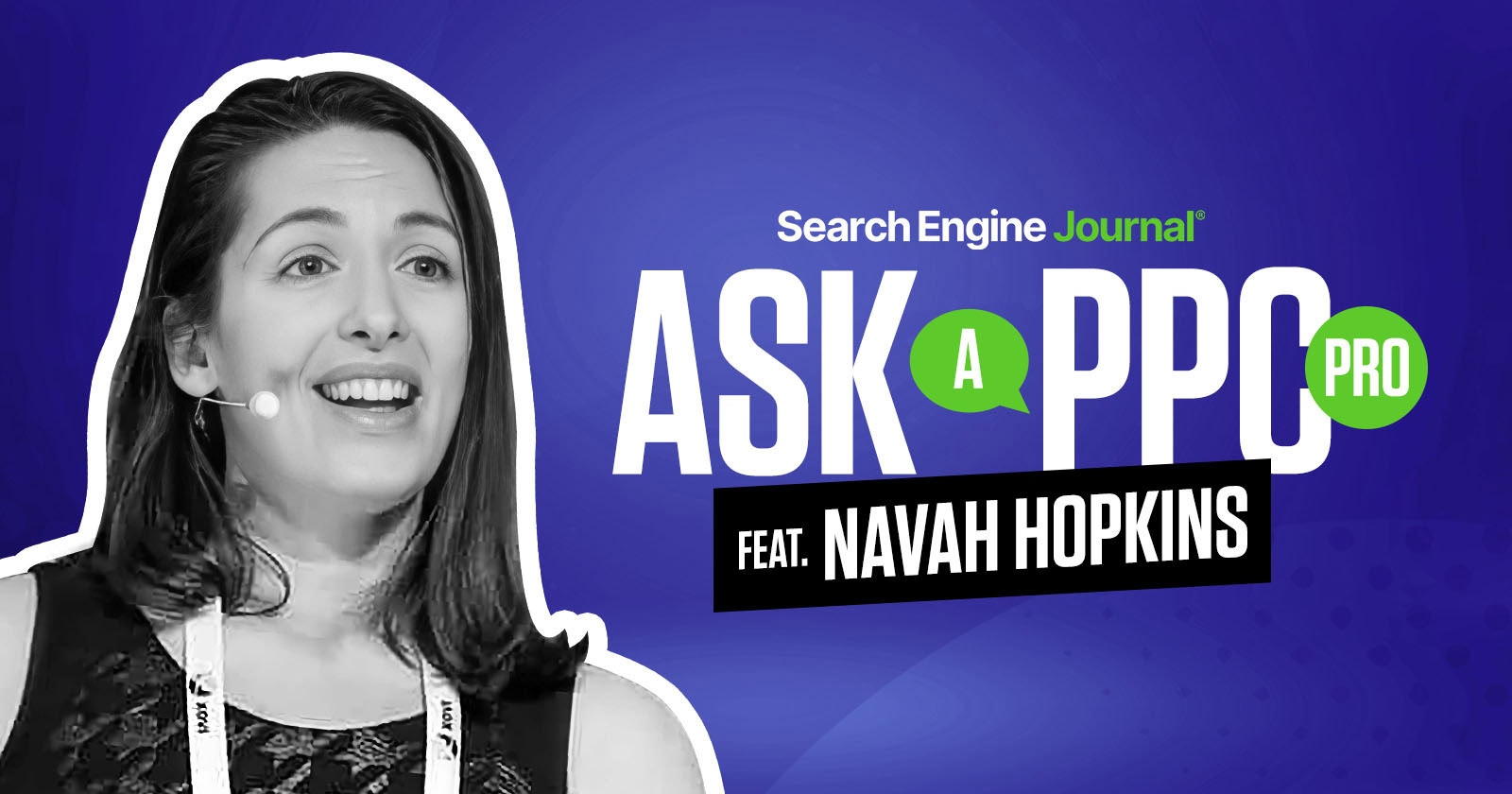
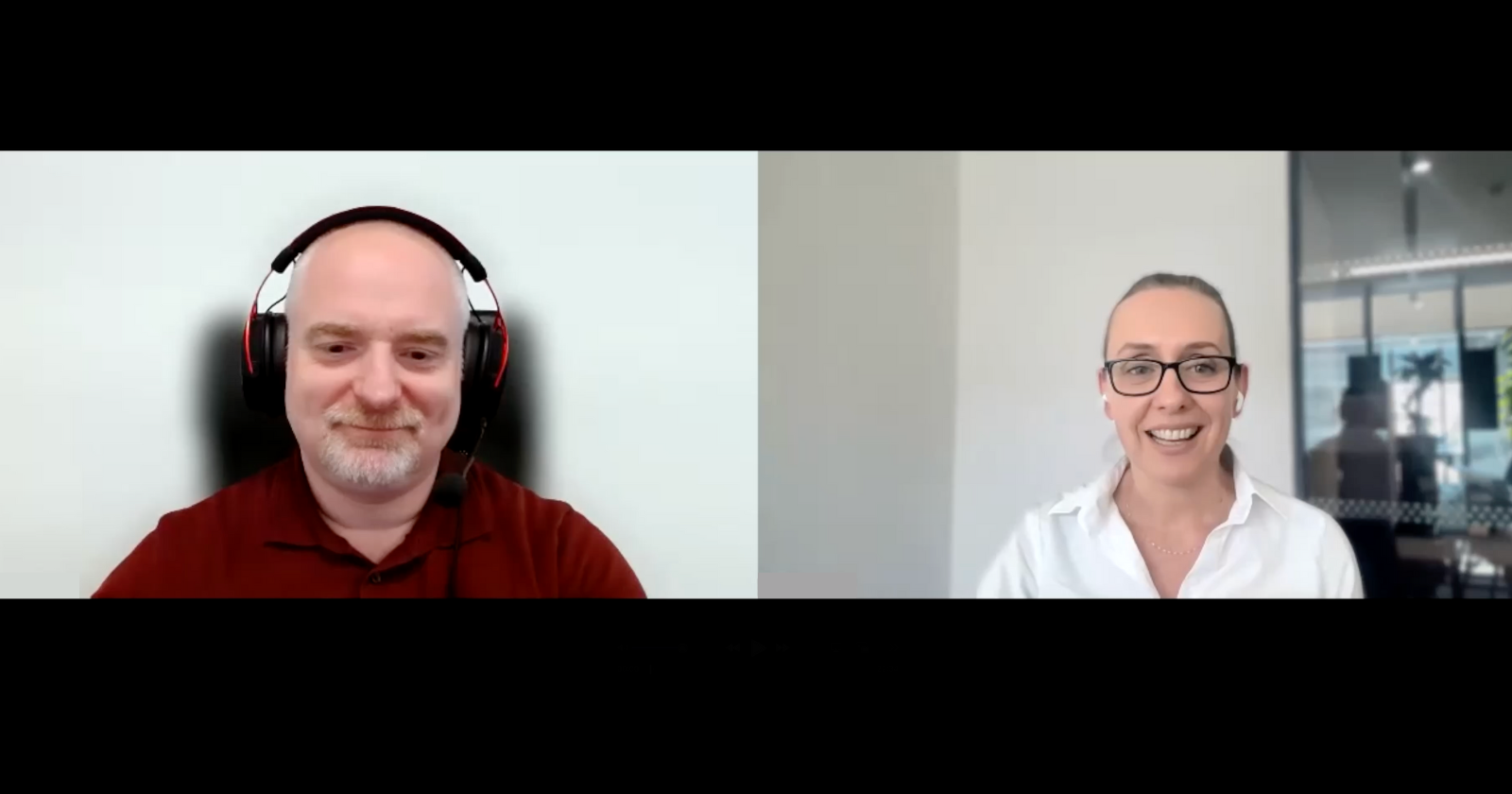





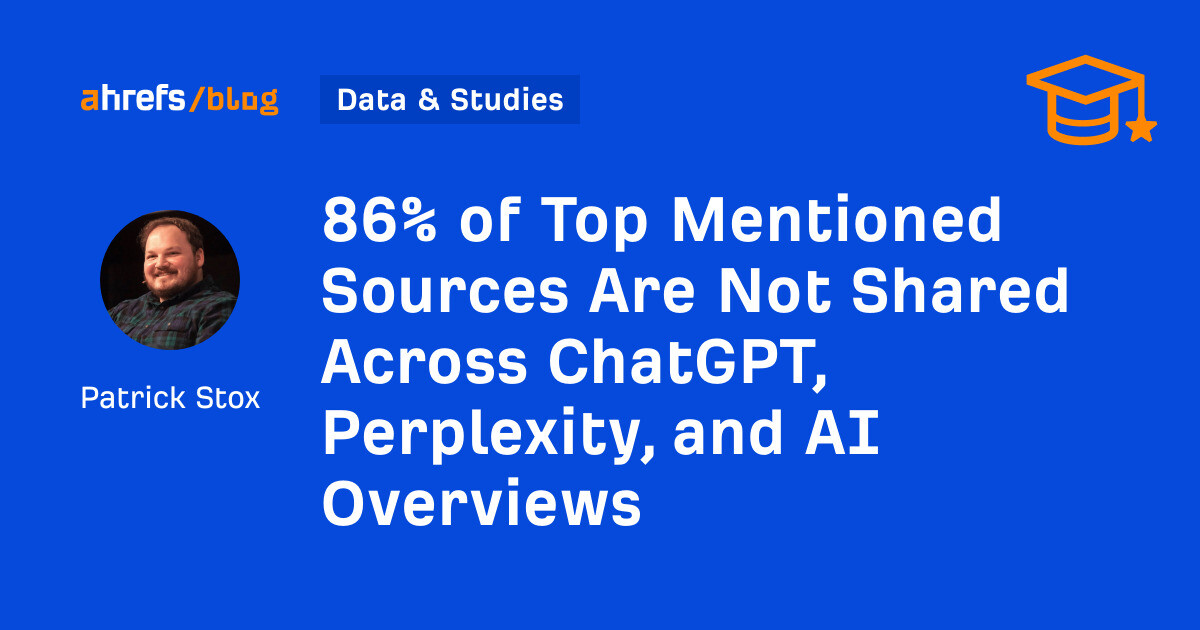

![Marketers Using AI Publish 42% More Content [+ New Research Report]](https://ahrefs.com/blog/wp-content/uploads/2025/06/marketers-using-ai-publish-42-more-by-ryan-law-data-studies-1.jpg)

![X Highlights Back-to-School Marketing Opportunities [Infographic]](https://imgproxy.divecdn.com/dM1TxaOzbLu_kb9YjLpd7P_E_B_FkFsuKp2uSGPS5i8/g:ce/rs:fit:770:435/Z3M6Ly9kaXZlc2l0ZS1zdG9yYWdlL2RpdmVpbWFnZS94X2JhY2tfdG9fc2Nob29sMi5wbmc=.webp)
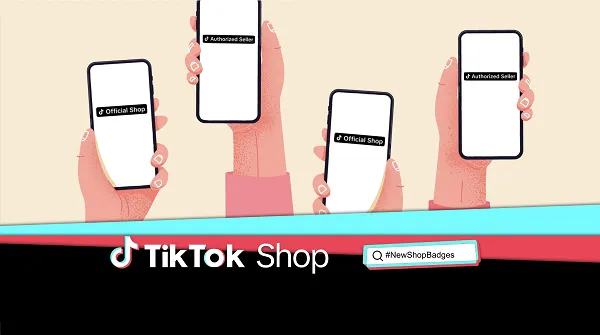

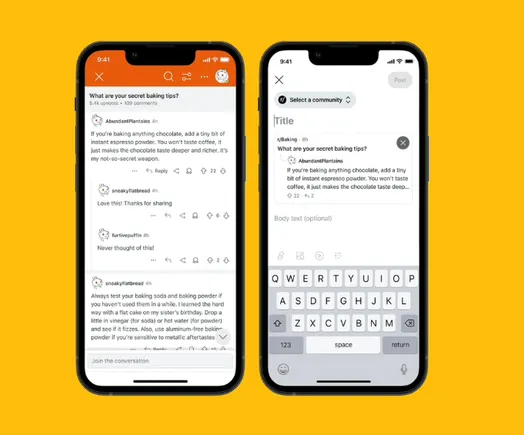








![Social media image sizes for all networks [June 2025]](https://blog.hootsuite.com/wp-content/uploads/2023/01/Social-Media-Image-Sizes-2023.png)


![The HubSpot Blog’s AI Trends for Marketers Report [key findings from 1,000+ marketing pros]](https://www.hubspot.com/hubfs/state-of-AI-1-20240626-53394.webp)
![AI can boost conversions from your web page — HubSpot’s CMO shows you how [tutorial]](https://knowledge.hubspot.com/hubfs/ai-1-20250605-395473.webp)
![The state of inclusive marketing in 2025 [new data + expert insight]](https://www.hubspot.com/hubfs/inclusive-marketing-report.webp)












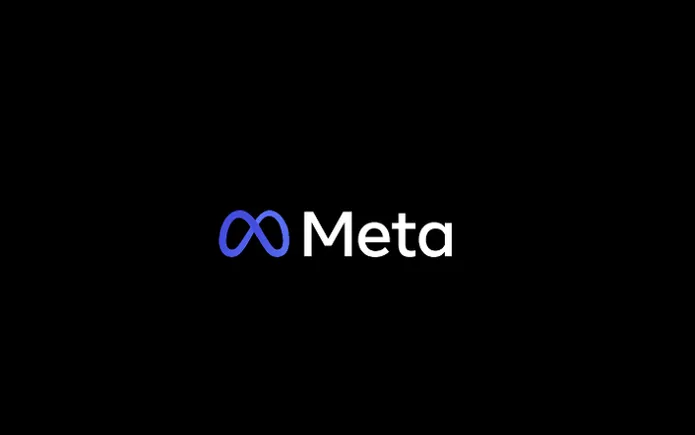













![Always Up-to-Date Guide to Social Media Video Specs [Facebook, Instagram, TikTok, X, YouTube, LinkedIn, Pinterest, Snapchat]](https://media.sproutsocial.com/uploads/2023/11/Always-up-to-date-guide-to-SM-video-specs-Final.jpg)
